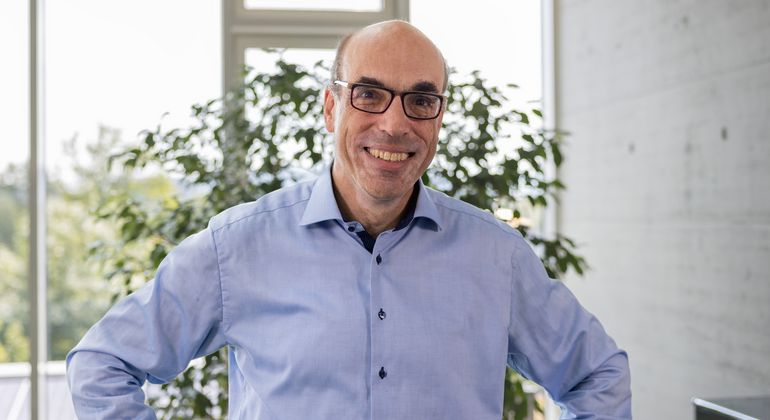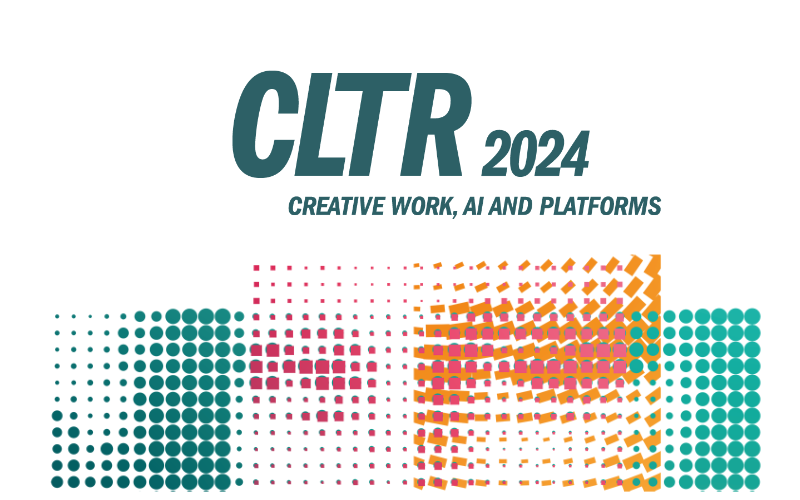The ‘Study on the Incentive Effects of Copyright for Generative Artificial Intelligence on Various Stakeholders’, which the IPI commissioned PwC to carry out, will be officially presented at the public event CLTR 2024 in Basel on 5 November.
For IP professionals
This is the portal for professionals working in the field of intellectual property. Here you'll find direct access to all necessary resources.
Quick links
In what ways is artificial intelligence affecting the Swiss creative industry?
The creative industry in Switzerland is in turmoil. AI is producing brand new opportunities for creative professionals. At the same time, there are many unanswered questions, especially about the legal situation. Hansueli Stamm, Head of Economics at the IPI, contextualises the topics to be discussed at the public event CLTR 2024 on 5 November in Basel.

In the US, the creative industry is very important economically, not least because of Hollywood. How do things stand in this sector in Switzerland?
Hansueli Stamm: We don’t actually have a Hollywood in Switzerland. However, the creative industry doesn’t just consist of film-making. Figures for the industry vary depending on the source. The most comprehensive data collection, which combines data from many sources, is held by the Zurich Centre for Creative Economies (ZCCE). The centre divides the industry into 13 sectors, which it calls ‘submarkets’, ranging from architecture and music to the press and crafts. If you put all these sectors together, the creative industry in Switzerland accounts for 2% of the country’s gross domestic product or GDP. For comparison, that’s about three times the contribution the entire agricultural sector makes to the Swiss economy.
The sector with the most employees and the largest volume of sales is software and games, followed by architecture. Geographically, the canton of Zurich has the biggest share of the creative industry, followed by the cantons of Bern and Vaud.
Are there figures or studies on how many creative professionals already use AI?
I’m not aware of much data. A study that we commissioned PwC to carry out offers relatively up-to-date figures on the topic of generative artificial intelligence. This will be published in the near future and officially presented at our event CLTR 2024 in Basel on 5 November.
The study surveyed more than 500 creative professionals and various experts in Switzerland. Around a third of them don’t use AI at the moment. Half of the non-users intend to steer clear of AI in future too, while the other half are considering using it.
The results of a recently published ZCCE study are interesting too. They show that 11% of the start-ups currently active in the creative sector work with AI. So AI also seems to be establishing itself as a business model in the creative sector and to be attracting capital accordingly.
What role do platforms play in the distribution of creative works?
Platforms are very interesting structures from an economic point of view. Typically, the more users they attract, the more successful they are. This has a snowball effect: the more users there are on a platform, the more attractive it becomes, and so on. So there’s a trend towards a small number of really large platform providers that have a great deal of power over their users. For example, people who consume music via such platforms and also people who offer songs via such platforms.
In Switzerland, almost 90% of revenues in the sector now come from streaming. The same is probably true for video streaming. In both sectors, the market seems to have reached a certain degree of saturation, however.

